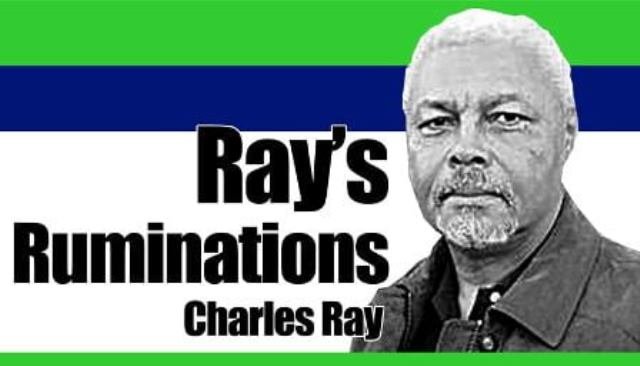
It was probably a shiny yellow pebble on the bottom of a shallow pool or stream, reflecting the sunlight, that caught the eye of some prehistoric man or woman, the pretty color so different from the other stones.
Whatever it was, we will never know because gold has apparently captivated humans from a time long before writing, in fact at least 3,000 years before. While the earliest known writing dates from 3400 B.C.E., while artifacts found in Bulgaria indicate that early humans were mining gold at least 7,000 years ago. Human interaction with gold in the form of jewelry and other ornaments began in Egypt around 3,000 B.C.E., and its use as money began around 600 B.C.E. in Asia Minor.
Gold has been accepted as a medium of exchange ever since. In fact, beginning in 1812, the United Kingdom tied the value of the pound sterling to a specific amount of gold as a way to stabilize prices and prevent inflation, because paper money was backed by physical gold held in reserve.
In the 1870s, other countries, including the United States, Germany, and France followed. In the U.S., the value of the dollar was backed up by gold held in reserve at Fort Knox, Kentucky. While this gold standard was meant to create more economic stability, it failed. Pegging currencies to gold reduced the flexibility of governments to react to economic changes, such as being able to increase money supply to increase employment during a recession.
At the outbreak of World War I in 1914, for example, the financial systems of many countries were thrown into chaos, forcing countries to abandon the gold standard to reverse economic instability.
The only people to continuously benefit from the gold standard were the millionaires who owned large quantities of gold. As you might imagine, this group resisted the abandonment of the gold standard, and when the U.S., coming out of the Great Recession, finally abandoned it under President Franklin Roosevelt, there was an almost revolt.
The ’Business Plot’, also called the Wall Street Putsch, was a conspiracy in 1933 by a group of wealthy conservative businessmen to overthrow FDR and replace him with a dictator.
The planned coup was foiled when the Marine Corps general the plotters chose to lead it, retired Major General Smedley Butler, turned them in to authorities. That something like this could happen in the United States was hard to believe at the time, and few people today are even aware of it, even in the aftermath of the January 6, 2021, riots at the Capitol when a mob tried to prevent the certification of the votes for the current president.
In fact, some of the efforts by many conservatives the events of January 6 are strangely reminiscent of similar actions in 1933, which validates the French saying, plus ca change, plus ca meme chose.
But, I digress. We were talking about gold. And, lately, among the hundreds of possible phishing and scam emails that land in my inbox, there’s been an astonishing number warning of potential economic collapse of the dollar and urging me to ‘buy gold.’ I don’t bite, but I do on occasion try to track the origin of such emails and have not been surprised to find that most of them come from locations that I know to be centers of conservative—far right conservative—ideology.
When that’s taken in tandem with the screeds about stolen elections, possible civil war, and states seceding in protest against the central government, it gives me pause. While a lot of political pundits talk about culture wars and fear-response to changing ethnic demographics, the root cause of most of the world’s problems has been, at bottom, a scramble for wealth and the power that it conveys.
One has to wonder, then, just how much of today’s political dysfunction around the world, including in increasing drift toward autocracy, is really just the lure of that yellow metal or its equivalent. | NWI




